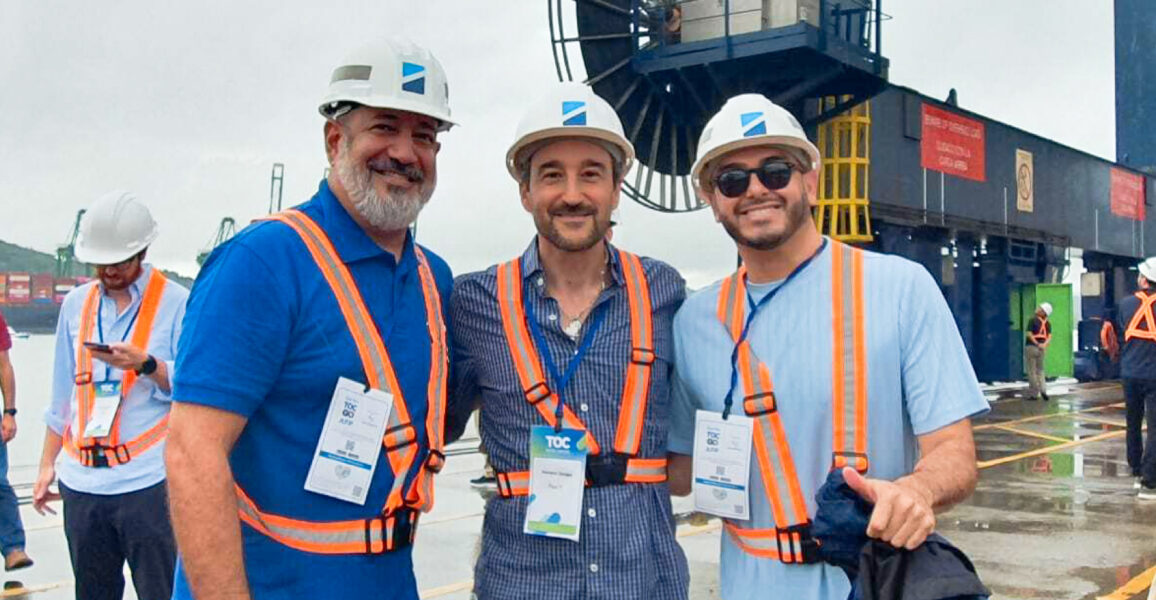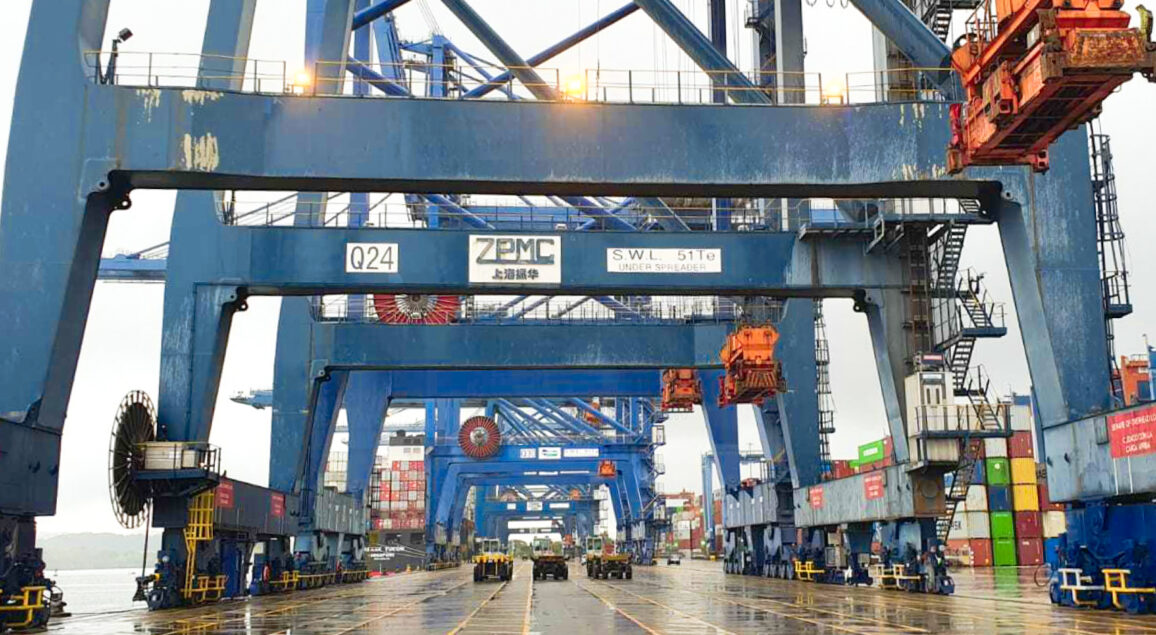In early October, we swung by TOC Americas, one of the most significant events in the maritime-logistics sector, which brings together top industry players—including port operators, shipping companies, tech suppliers, logistics experts, and government authorities. Undoubtedly, it was the ideal setting to spark discussions and reflect on the future of the industry.
The event revolved around three main themes: Business intelligence, sustainability, and digitalization. With our Business Developer, Mariano Gorgas, representing us, we set out to explore the latest trends and gather key insights within these pillars.
Business Intelligence
This theme focused on building closer connections with clients by delivering concise solutions with clear added value. For example, by integrating logistics operators like 3PL and 4PL that enable more holistic offerings.
At the same time, there is also a pressing need to increase data integration from multiple sources—operations, equipment, logistics, suppliers, and clients—thus leveraging the massive amounts of information generated by ports. This data can help predict outcomes and provide real-time information. In this regard, the use of advanced BI platforms is essential for decision-making, and the challenge lies in obtaining this information accurately and on time.
Sustainability
Decarbonization was a hot topic, thus emphasizing the industry’s need to reduce emissions. In this regard, several terminals shared initiatives like acquiring large non-polluting equipment (hybrid or electric) and building biofuel-powered ships.
The sustainability roadmap aims at emissions reduction, efficient energy management, and the use of renewable energy. However, key challenges include fostering collaboration and recruiting skilled personnel to drive these changes forward.
Digitalization
The digital agenda highlighted smart ports, digital twins, artificial intelligence, and cybersecurity. The goal is interconnectivity, based on the idea that ports and terminals are no longer mere stopovers, therefore they need to streamline data exchange and enhance information flow across the entire maritime supply chain to optimize processes and increase productivity sustainably.
It was also noted here that ports generate vast amounts of data, which, when combined with big data tools and IoT, can provide better indicators for monitoring operations. There were lots of discussions about “digital twins” (2D and 3D, depending on the tool), which can simulate operations, optimize workflows, and predict equipment and system failures, all in real time. This translates into potential cost reductions and more efficient operations.
“Several presentations addressed the standardization of data protocols, with major terminals establishing organizations aiming for all industry players to follow the same protocols, layouts, and technology for data integration. This alignment minimizes the effort needed to collect and integrate information across the entire maritime-port community.”
Mariano Gorgas, Business Developer

These were three days packed with information and reflection, thus allowing us not only to engage in meaningful conversations, but also to reaffirm our commitment to developing and improving top-quality digital solutions for the maritime-logistics industry with a focus on process automation while prioritizing user experience.
C.Hub, our truck appointment management tool exemplifies this since it is designed to specifically enhance the efficiency and productivity of truck gate operations. Likewise, our Customer Portal (available both on web and mobile version) makes it easy for stakeholders to interact with port terminals, by uploading documents, checking account statuses, and more. We also walk our clients through process automation with, for instance, our mobile container inspection app, which systematizes the EIR process, integrates with shipping companies, and enables photo uploads.
We remain committed to evolving these solutions and creating new ones aligned with the main industry demands and trends. We are even exploring the use of AI for container monitoring through security cameras and other possible uses, thus continuing to drive digital transformation forward.

